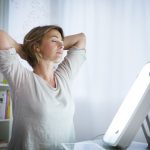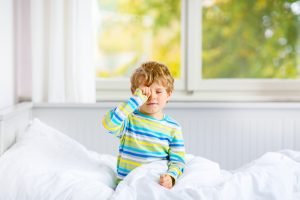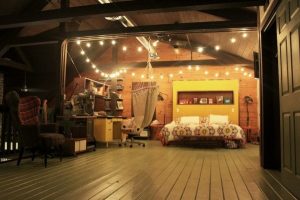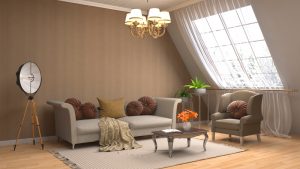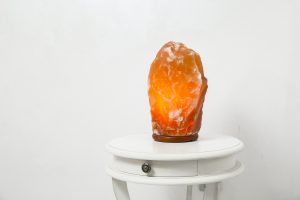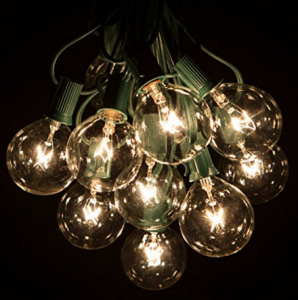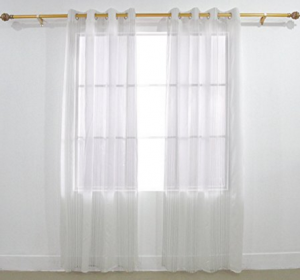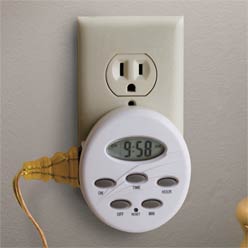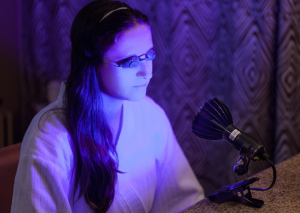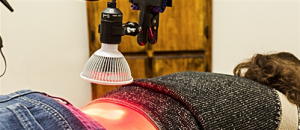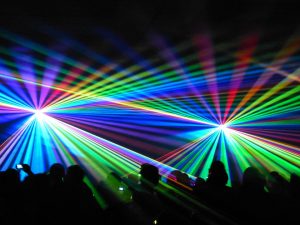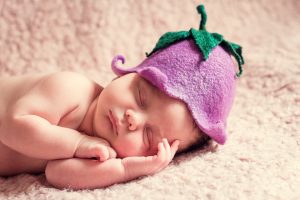When it comes to using light therapy as a form of treatment, it’s best to not rule anything out. Anything is possible – the sky seems to be the limit! While light therapy is most commonly used for two things – Seasonal Affective Disorder and skin conditions (such as acne) the options really do seem to endless and everything is being studied. If something as simple as light therapy could improve your quality of life, why wouldn’t you give it a go?
Light Therapy Has Always Existed…
Way back in the early 20th century, doctors moved patients’ beds to sunny balconies as a form of treatment for psoriasis and rickets. Did you know that in 1903, a physician named Niels Finsen won the Nobel Prize for inventing a giant lamp that treats skin tuberculosis, also known as Lupus? And back in the 1920s, athletes taking part in the Olympics bathed beneath UV rays before they raced in order to boost their performance.
These experts knew that the sun and man-made versions of light worked, but they were quickly pushed out of the market and replaced with electronics and medicine. While much of this push came from the fear of skin cancer due to the sun and lights, phototherapy has greatly improved in the last decade and that is no longer a concern.
Light therapy is finally regaining popularity and making it’s way into people’s homes all over the world as a harm-free, all natural form of treatment for a wide array of conditions! Consumers in the U.K. actually spent over $300 million on light therapy is 2016. How remarkable is that? Future Market Insights predicts the global market to grow nearly 5% annually in the next decade. This is just the beginning!
How It Works…
Just like plants going through photosynthesis, people have a reaction to light — an actual, scientifically proven, chemical reaction to light. Medscape published an article this year about the potential that light therapy has. In the article on its website, writer Lisa Marshall explains just how this chemical reaction to light works:
“When particles of light hit the skin, they’re absorbed by light-sensitive molecules inside cells, which kick-start a response. That response varies, depending on the wavelength, or color, of light and where it’s used.
For instance, when longer wavelength or visibly ‘red’ light hits the skin, it nudges mitochondria (the cell’s powerhouses) to make energy more efficiently and boost production of healing anti-inflammatories or disease-fighting antioxidants. The light is a ‘very mild form of stress that activates protective mechanisms in the cells,’ says Michael Hamblin, who’s a principal investigator at the Wellman Center for Photomedicine
If the light comes through the eye, it stimulates nerves that lead from the retina to the brain. That influences production of neurotransmitters like serotonin and dopamine, which affect mood, explains Raymond Lam, MD, a researcher from the department of psychiatry at the University of British Columbia. Shorter wavelength or visibly “blue” light is very good at making
you wakeful. When it enters the eye, it hinders production of melatonin, which helps with sleep.” (medscape.com)
New Uses…
Light therapy is very commonly marketed in magazines, on websites, with retailers, etc., as a useful form of treatment for conditions such as insomnia, Seasonal Affective Disorder, acne, wrinkles, more serious skin conditions, and more. But what else can this light do? That’s what we’re here to tell you about!
Skepticism is high when it comes to using light therapy for serious diseases, but Hamblin, who we discussed above, has been studying light therapy for 30 years and he is confident that with the right doses, wavelengths, and techniques, light therapy can treat disorders such as chronic pain, dementia, specific forms of cancer, severe migraines, and so much more!
What we’re trying to get to here is that if you are struggling with a physical or mental condition, discuss light therapy with your doctor. You may be able to solve your problems with an inexpensive, harm-free, non-invasive form of treatment in the comfort of your home. Does it get any better than that?
